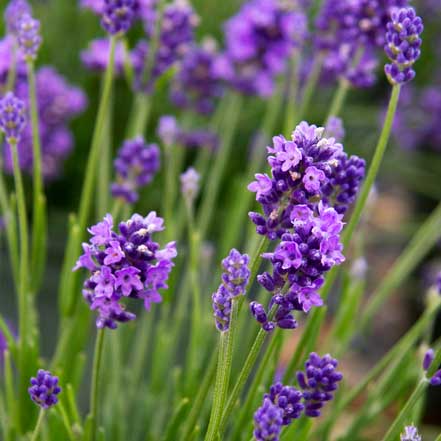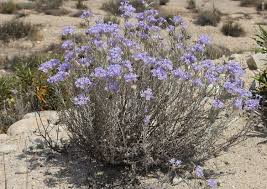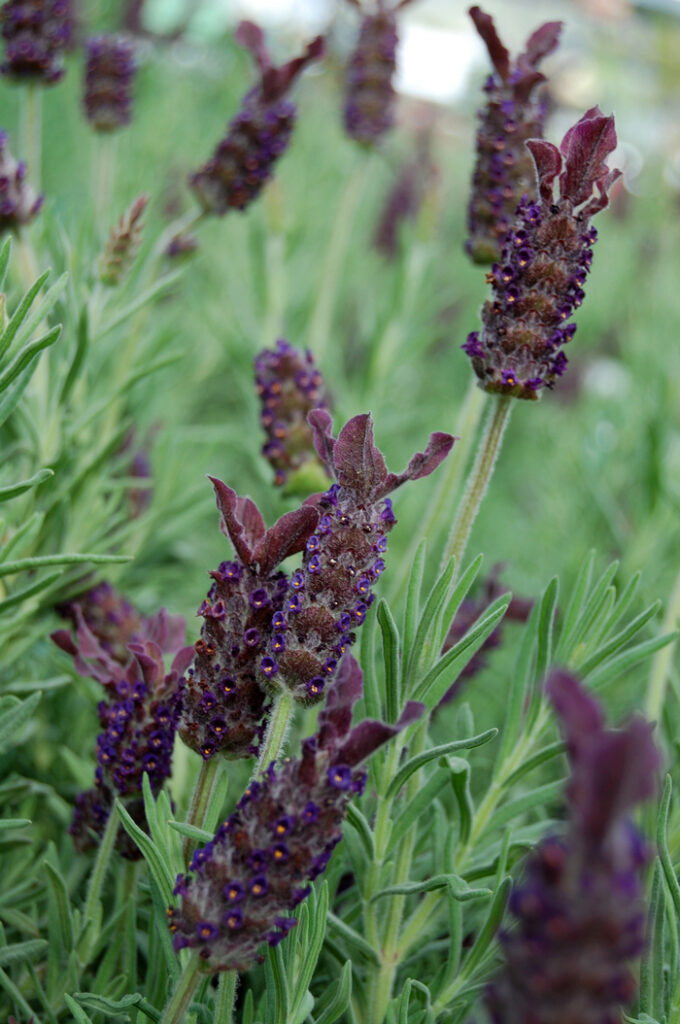If the aroma and beauty of lavender has enticed you into trying your hand at growing it, just know this.
Choosing the right variety before purchasing and planting is key to success. That’s because different varieties of lavender do better in certain climates, soils and situations.
The basics
Lavender originates from the Mediterranean coast, so it thrives in spots with moist, cool winters and hot, arid summers in full sun and well-drained soil, according to Monrovia.
The botanical genus name for lavender is Lavandula, from the Latin verb ‘lavare’ which means ‘to wash,’ in reference to the use of water perfumed by oils of the plant, according to Portland Nursery. Lavender is cultivated worldwide for its volatile oils, fragrance, craft material, and is grown as a garden plant as far north as Norway.
Pruning is the best way to maintain healthy and vigorous bush, according to Portland Nursery’s website. Pruning should be done at least once a year for the whole life of the plant. Cut back one third of the bush in early to mid-autumn, it will flower in spring and then again in late summer/autumn.
Types of lavender
There are over 400 varieties of lavender, according to Monrovia’s website, but the most popular include:
English (Lavandula angustifolia): The classic with long spikes holding fragrant flowers. Some varieties better tolerate heat and others might bloom longer in cooler climates. Most flower in late spring to early summer. Even after they’ve slowed in the flower department, what remains is a silvery mound of intensely fragrant leaves.
French (Lavandula dentata): French lavender, known for its distinctively toothed leaves, is cherished for its long-lasting, subtly fragrant blooms. This variety is particularly resilient and can tolerate humid conditions better than others, making it a versatile choice for various garden settings.
Spanish (Lavandula stoechas): Spanish lavender, easily recognized by its unique, pineapple-shaped blooms topped with vivid, purple bracts, is a standout in any garden. It prefers hot, sunny climates and is drought-resistant, making it ideal for low-maintenance landscapes. Its leaves are also edible and can be used (in moderation) for a pop of flavor in savory dishes or baked goods!
Woolly (Lavandula lanata): Woolly lavender is notable for its silvery foliage that provides a striking contrast in the garden. It sprouts tall, deep purple flowers that contrast with its white leaves. Woolly lavender is native to hot and dry hillsides in southern Spain and needs well-drained soil with little to no overhead watering.
English hybrids (Lavandula x intermedia): Known as the lavandins. The varieties in this group come latest in the bloom cycle. Starting just as the English lavenders are finishing, and continuing to mid-summer. Lavandins have long gray leaves, twice or more the size of L. angustifolias, and grow much larger and faster. Some are more adept at dealing with heat than their English parents.






For the Pacific Northwest
Where the summer marine influence is strong, disease can affect some lavenders and root rot can occur if soil is not well-drained. Some (but not all) English and Spanish varieties do well here, according to Monrovia.
Recommendations from Monrovia’s website (these varieties also do well in containers):
- The Ghostly Princess™ Spanish Lavender (Lavandula stoechas subsp. pendunculata ‘Ghostly Princess’ PP29697), intense pink, fragrant flowers on a robust selection. Perfect for containers or massed as a low hedge. Up to 15” tall and wide.
- Javelin Forte™ Deep Purple Spanish Lavender (Lavandula stoechas ‘LABZ0004’ PP27493), compact mound topped by a crown of purple flower spikes with deep purple bracts. Heat and drought tolerant. Up to 20” tall, 18” wide.
- Thumbelina Leigh English Lavender (Lavandula angustifolia ‘Thumbelina Leigh’ PP15231), compact selection blooms up to three times a year when cut back by ½ after flowering. Up to 1’ tall and wide.
Here are a few selections recommended by Portland Nursery’s website:
- ‘Baby Blue’ English Lavender (Lavandula angustifolia ‘Baby Blue’), 6-8” stalks of deep purple flowers and compact gray foliage on this dwarf variety. Up to 12” tall and 15” wide.
- ‘Dilly Dilly’ Hybrid Lavender (Lavandula × intermedia ‘Dilly Dilly’), beautiful 24” long flower spikes of lightest purple top dense medium gray-green foliage. Compact, rounded shape works well for hedges. Up to 36” tall and 48” wide.
- ‘Jennifer’ Wooly Lavender (Lavandula angustifolia × lanata ‘Jennifer’), frosted gray flower buds open to lovely blue-violet flowers. Downy silver foliage. Vigorous, has larger flower heads and nicer shape. Up to 12” tall and 15” wide.
- ‘Blue Star’ Spanish Lavender (Lavandula stoechas ‘Blue Star’), a new Lavandula stoechas cultivar from Germany. Very large, plump, dark plum colored flower heads with purplish-blue top bracts on short stalks. Very vigorous, compact plant. Up to 20” tall and 24” wide.
- ‘Linda Ligon’ Green French Lavender (Lavandula dentata ‘Linda Ligon’), mauve flowers, very fragrant with touch of menthol, balsamic and eucalyptus. Variegated green, toothed foliage. Up to 2’ tall and 3’ wide.
